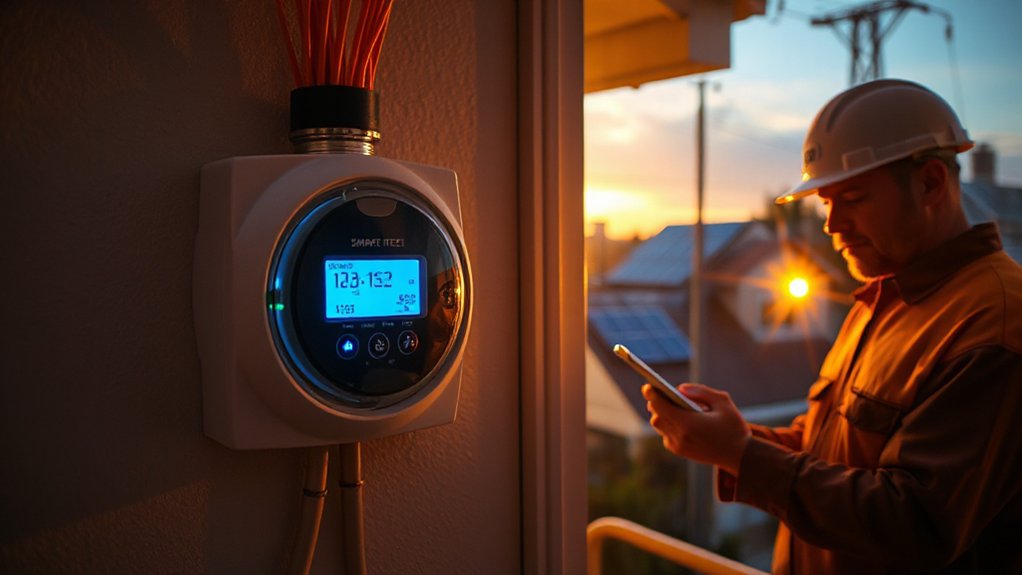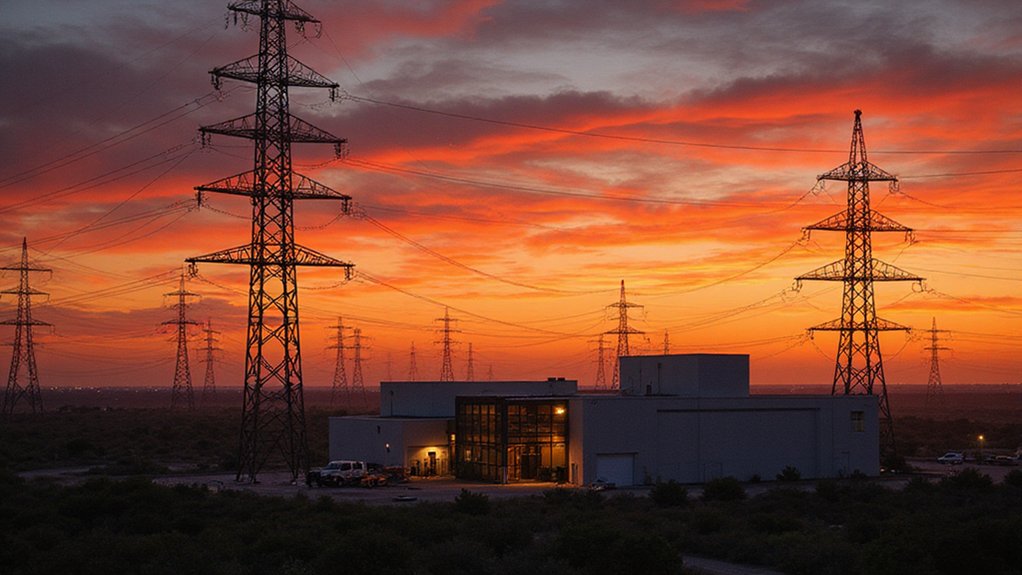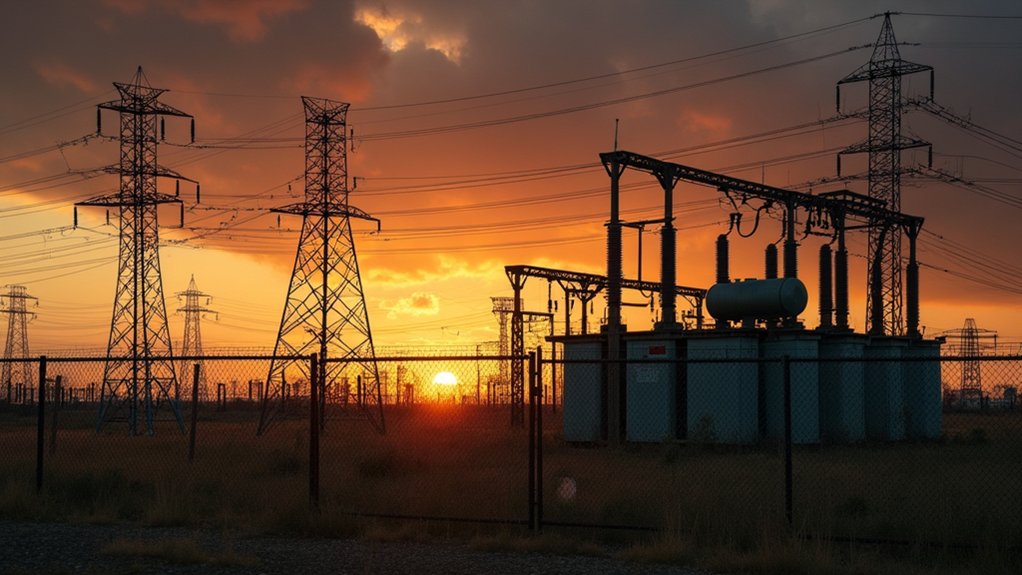Advanced Metering Infrastructure is getting a major upgrade, and it’s about time. Those clunky old meters on the sides of homes aren’t just getting smarter—they’re becoming genius-level grid guardians. AMI 2.0 delivers continuous, high-frequency data streams that make the original smart meters look like they were operating on dial-up. Real-time data, all the time. No more waiting for monthly readings while your utility company stays clueless about what’s happening on their own grid.
Edge computing capabilities mean these new meters actually think for themselves. They’re monitoring voltage, detecting anomalies, and making decisions right there at your house. No need to phone home to the mothership for every little hiccup. This isn’t just cool tech—it’s transforming how utilities operate. Fewer trucks rolling out for manual checks. Fewer people sitting in call centers taking outage reports. The grid finally knows when it’s broken before you do.
Smart meters now think locally, solving problems at the edge before utilities even know there’s an issue.
Consumers win big too. Those useless energy portals that tell you how much electricity you used last month? They’re actually getting useful. Real-time consumption data means you’ll know exactly which appliances are bleeding you dry. Time-of-use pricing becomes actually manageable when you can see what’s happening minute by minute. Shift your laundry to off-peak hours. Save money. Not rocket science. These smart solutions also address the concerns of the 68% of consumers worried about their carbon footprint and climate impact.
Perhaps the biggest revolution is happening at the grid edge. These meters talk to each other, creating a mesh network of intelligent devices that support the integration of all those solar panels, batteries, and electric vehicles clogging up the suburbs. Self-healing grid capabilities. Automatic fault isolation. Better voltage control. It all adds up to fewer outages and better power quality. The implementation of AI-driven analytics enhances both predictive maintenance and overall grid optimization far beyond what was possible with AMI 1.0.
The timing couldn’t be better. With extreme weather events hammering infrastructure and electrification pushing grids to their limits, utilities needed this upgrade yesterday. AMI 2.0 isn’t just a technology refresh—it’s the backbone of tomorrow’s decarbonized, resilient energy system. Utilities face significant hurdles with high capital investments and integration complexity, but the long-term benefits far outweigh these initial challenges. And it’s happening now, right behind your meter.
References
- https://logic2020.com/insight/unlocking-the-roi-of-ami-2-0/
- https://www.trccompanies.com/insights/why-utilities-should-deploy-innovative-ami-2-solutions-now/
- https://blog.purestorage.com/purely-educational/what-is-ami-data-and-how-can-utility-companies-benefit-from-it/
- https://sense.com/resources/why-advanced-metering-infrastructure-ami-will-play-a-pivotal-role-in-future-energy-security/
- https://wi-sun.org/blog/powering-the-future-why-utilities-are-upgrading-to-ami-2-0-with-wi-sun-fan/
- https://www.deloitte.com/us/en/Industries/energy/articles/next-gen-advanced-metering-infrastructure.html
- https://www.ey.com/en_us/insights/power-utilities/shape-smart-grid-future-with-next-gen-ami
- https://energy.sustainability-directory.com/question/what-are-the-benefits-of-advanced-metering-infrastructure/
- https://qualuscorp.com/news-insights/insights/articles/1289/advanced-metering-infrastructure-whats-next









